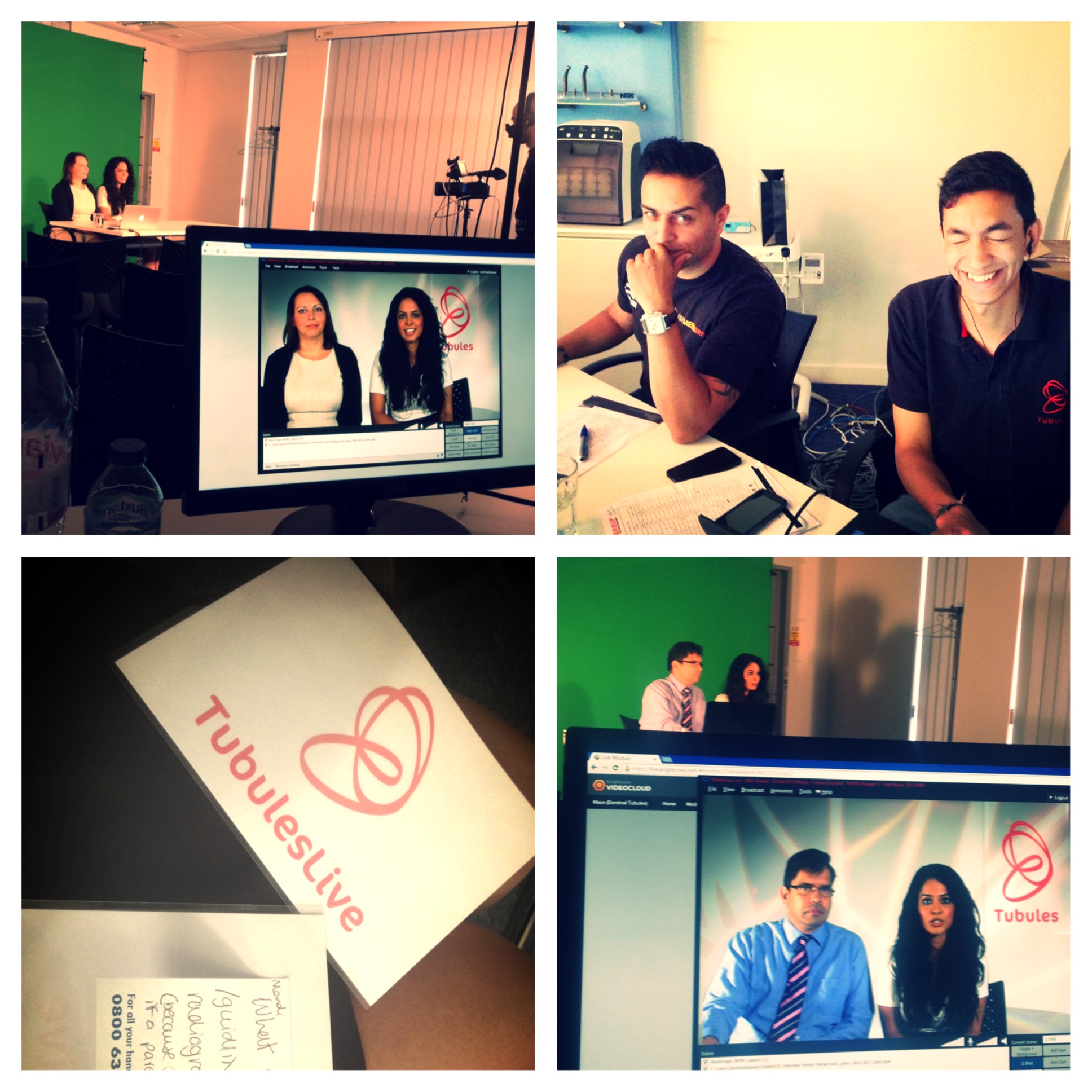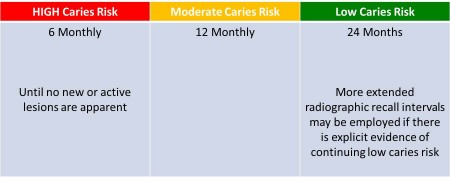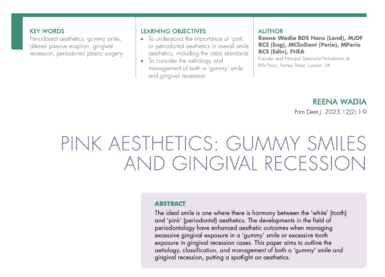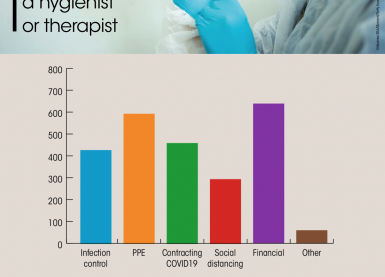Home/Articles
/ General Dental /
Reena’s Notes: TubulesLive with Dr Madi Harmer & Dr Len D’Cruz – Radiography & Record Keeping
July 6, 2014

RADIOGRAPHY
Relevant legislation to consider:
- The Health and Safety Act 1974
- The Ionising Radiation Regulations 1999
- The Ionising Radiation (Medical Exposure) Regulations 2000
Principles of radiation protection:
- “No practice shall be adopted unless its introduction produces a POSITIVE net BENEFIT”.
- “All exposures shall be kept as low as reasonably practicable (ALARP), taking economic and social factors into account”.
- The dose equivalent to individuals shall not exceed the limits recommended by the ICRP.
- Consider justification, optimisation and limitation.
When record any radiography training, ensure you include:
- Name, role, date and nature of training
- Details of updated courses
- Next date
Diagnostic reference levels:
- Intraoral (adult molar) – 1.7 mGy
- Panoramic (adult) – 93 mGy
- Panoramic (child) – 67 mGy
Image quality assessment:
- Subjective rating
- Results versus targets
- Regular performance tests
- Fault register
- Record actions taken
Why we are at risk:
- Radiation dose to dentists and DCPs
- Primary beam
- Scattered radiation
- Radiation leakage from tube head
Caries:

Periodontal:
- CBCT not indicated ( but if taken for other reasons than check perio bone levels and include in report)
- If pockets 4-5 mm and little or no recession horizontal BWs are recommended
- +/- PAs for selected anterior teeth but only IF this is likely to change management of the patient
- DPT
- If perio- endo lesion – take PA
- Pocket > 6mm vertical BWs supplemented by PAs using paralleling technique
How to describe a lesion:
- Site
- Size
- Shape
- Outline
- Relative radiodensity
- Effect on adjacent structures
- (Time present)
RECORDING KEEPING
- Keep records for everyone who attends your practice including occasional or emergency patients.
- Make sure all entries are legible.
- Make entries in ink.
- If different people write on the record card, identify the individuals.
- Always make entries on lines – not in margins or below the ruled area of the card – it may suggest tampering.
- Do not add entries after the records have been requested. Use a separate sheet to record conversations.
- Correct errors by neatly deleting a previous entry with a single line – so that it can still be read afterwards. Heavy shading to delete entries can arouse suspicion.
- Make notes of telephone conversations with patients
- Record missed appointment or late arrivals.
- Make a note of post-operative given and any supporting literature.
- Record elements of communications – for example if a procedure has been explained using computerised animation.
- Document consent.
- Record adverse outcomes and confirm that the patient has been informed.
- Keep copies of referral letters.
- Keep study casts and radiographs.
- Keep a record of financial transactions on a separate sheet.
- Retain clinical photographs and other relevant images.
- Document diagnoses and treatment options.
- Maintain confidentiality – do not disclose unless authorised to do so.
- Retain records in locked and fire-proof filing cabinets.
- Retain all records for as long as possible.



